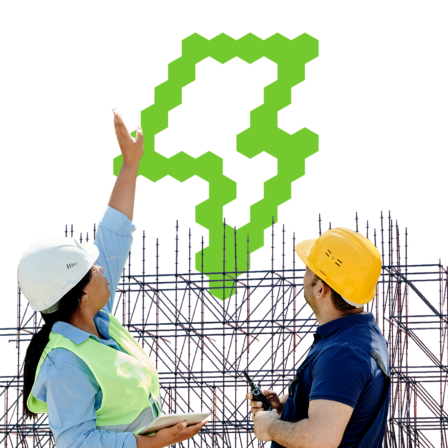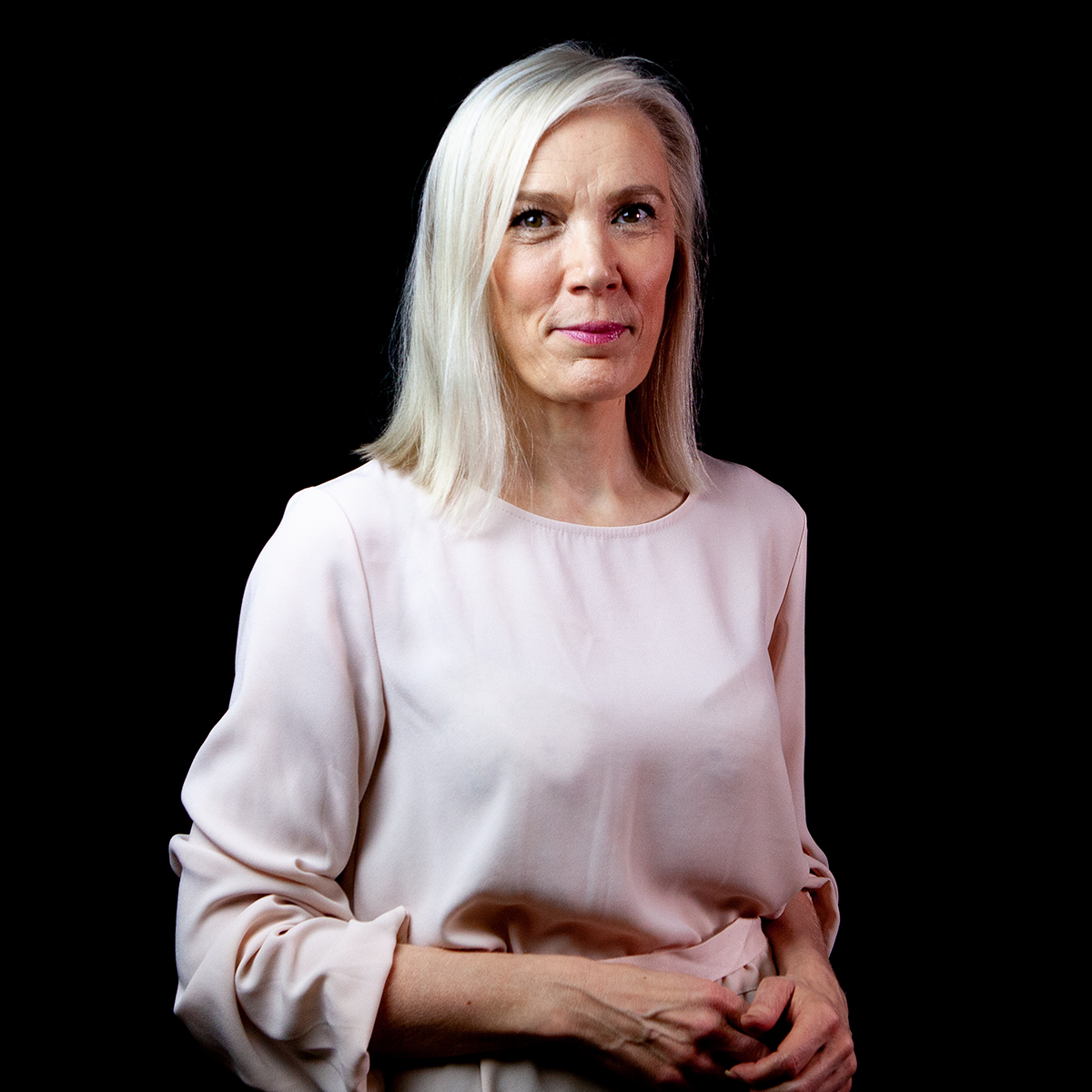City 3.0: Data-driven energy optimisation of the built environment
Cities and subregions need solutions that enable buildings, neighbourhoods, transport modes and residents to work together to optimise their energy use in a networked and easy-to-use way using data. The project developed data-sharing infrastructures and insights for networked collaboration between the buildings, energy and transport sectors.
What is it about?
The energy crisis, the building renovation debt and the onset of the green transition have put pressure for change on the built environment, transport and energy. It is increasingly important for consumers and property owners to find solutions to improve energy efficiency. Doing so in the built environment is a complex challenge that requires the use of different data sources and their interoperability, data-driven approaches and cross-sectoral collaboration.
Energy optimisation is about finding solutions that affect energy consumption and matching them in the best possible way. Buildings need to be able to link building services, energy production systems and electric vehicle charging into an interoperable system. As energy systems in and around buildings become more interconnected, data standardisation and data sharing will be needed through collaboration between different actors and sectors.
More effective data sharing between different actors can help us address the major challenges of change in our societies, where solutions require the cooperation of many different actors. Improving energy optimisation through data is a good example.
The City 3.0 project has sought to strengthen the data-driven nature of organisations in the property and energy sectors and has gathered lessons on the potential of an ecosystemic or networked way of working in these areas. At the same time, it has made visible what data is available and what beneficial uses it could have.
The project is part of Sitra’s work on a National Data Economy Roadmap, which provides perspectives on creating data-driven business models and using data to develop society and the economy, for example through experimentation. Work on the roadmap has identified common data infrastructures as a key area where changes are needed to strengthen Finland’s competitiveness and find new sources of growth.
What do we do?
The project has developed data-driven energy optimisation for one sample building and explored how the energy systems in and around buildings are interconnected. It has also explored what kind of data infrastructures and ground rules are needed to allow data to move efficiently between buildings, companies and industries.
The project has piloted a digital application view that integrates open data sources and can be used to view the characteristics of a sample building, such as heating or ventilation, from an energy optimisation perspective. The data visualisation tool brings together the perspectives of the property owner, the investor or financier and the occupant with the information they need. It facilitates the brainstorming of solutions and the identification of potential data-driven applications for energy optimisation in the built environment.
The project has mapped the basis for a data ecosystem linking the built environment, transport and energy sectors, on which development activities can be built, for example as part of the KIRA growth programme. This has been done by identifying the potential for data use by companies in different sectors, their data needs, the skills required and the business benefits to companies from networked collaboration.
Who is involved?
The project, funded and managed by Sitra, started in spring 2023 with the Building Information Foundation as a partner.
Sitra helped to establish cooperation between stakeholders. Several representatives from the built environment, transport and energy sectors have been involved in identifying potential participants in the multidisciplinary cooperation network, or ecosystem.
Where do we go from here?
The first pilot phase of the project has been completed and its results published (in Finnish). Sitra’s contribution to the project will end in September 2023.
The project has produced an application view describing how the data can be used.
The project has conducted interviews to identify the needs of companies in the construction, transport and energy sectors. On this basis, nearly 30 potential applications for data-driven energy optimisation in these sectors have been identified. AThe data, skills and approaches needed to implement the application areas have also been identified.
The most effective application areas identified are:
- Combining and optimising energy sources in buildings as investment targets
- Consumption flexibility in buildings
- Energy-optimised building life-cycle operations
The lessons learnt from the pilot project will be applied in the next building project(s), piloting application areas combining best practices in energy optimisation. The KIRA Growth Programme for the Real Estate and Construction Sector and the Building Information Foundation are responsible for the project. If you are interested in participating in this phase, please contact Tommi Arola, Research Director at the Building Information Foundation (tommi.arola@rts.fi).
In a further phase, the project will also lay the groundwork for the development of practical energy optimisation as part of building renovation, so that research, development and innovation can be combined with renovation.
What has been achieved?
A proposal for policy recommendations (pdf, in Finnish) has been made to strengthen cooperation on data mobility in the built environment, energy and transport sectors, the interoperability of digital solutions and the regulatory framework affecting this area.
Related materials
Proposal for policy recommendations (pdf, in Finnish) on the Building Information Foundation website
Results of the City 3.0 project (pdf, in Finnish)

